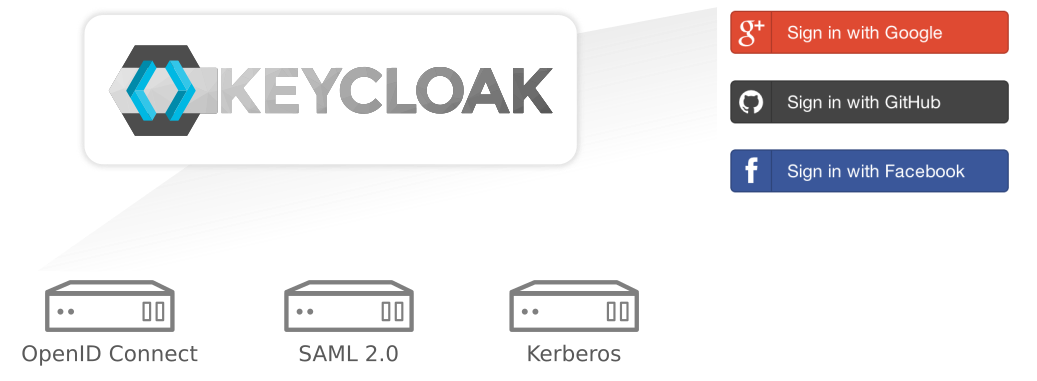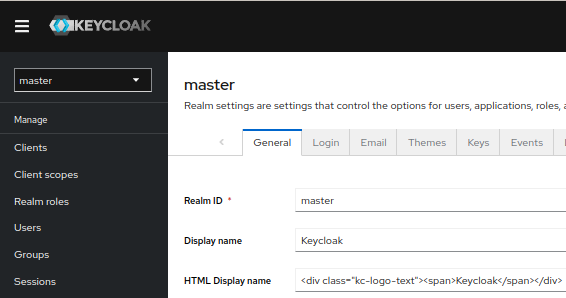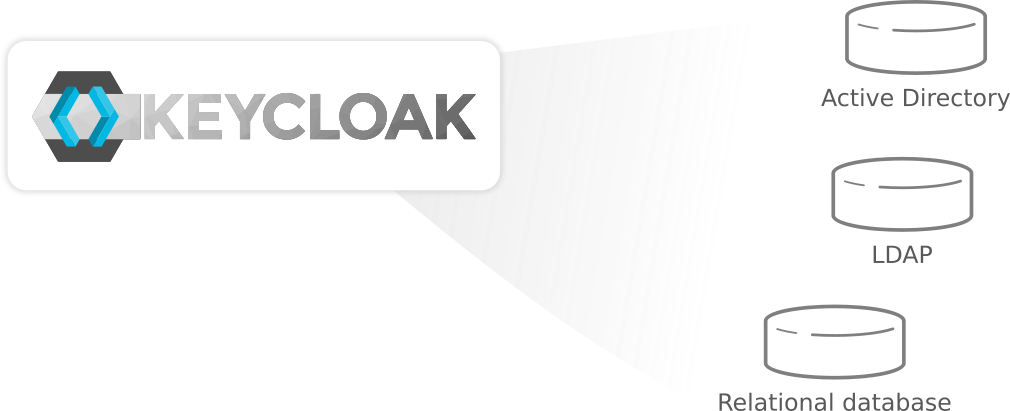
Keycloak is Red Hat's open source identity management system that handles authentication so you don't have to build login flows from scratch and inevitably introduce security bugs. It's what you reach for when you realize that "simple auth" is never actually simple.
What It Actually Does
Handles OAuth Without the Pain: Keycloak speaks OAuth 2.0, OpenID Connect, and SAML 2.0 out of the box. No more reading RFC documents at 2am trying to figure out why you're getting "invalid_token" with zero useful context. It handles token generation, validation, and refresh automatically - and actually gets the edge cases right that trip up homegrown implementations.
Plugs Into Everything: Need to authenticate against Active Directory? Works. Want social logins from Google and GitHub? Already built-in. Got some legacy LDAP server from 2003? Unfortunately, Keycloak can probably talk to that pile of shit too. User federation setup is surprisingly painless once you find the right config options.
Multi-Tenant by Design: Realms are Keycloak's way of keeping different environments or customers isolated. Think of them as completely separate security universes - prod users can't accidentally access dev, and Customer A can't see Customer B's data. It's multi-tenancy that actually works, unlike most SaaS solutions that fake it with application-level isolation.
The Production Reality

Clustering Works (With Caveats): You can run multiple Keycloak nodes behind a load balancer for high availability. Session replication mostly works, though you'll want to test failover scenarios thoroughly. Don't expect it to work perfectly on the first try - or the tenth. I've spent hours getting "HTTP 503" errors that mysteriously fix themselves after restart.
Performance Needs Babysitting: Out of the box, Keycloak will choke under serious load. You'll need to tune the caching layers, optimize database connections, and probably spend quality time with JVM heap settings. Budget 40% more server resources than you think you need, or enjoy watching your CPU spike to 100% during login storms like I did during our product launch.
Compliance Box Checking: Audit logging captures everything - login failures, permission changes, admin fuckups. Auditors love the detail, your disk space will hate the volume. Just make sure you're actually shipping those logs somewhere useful - the default file logging fills up disks fast. I learned this lesson when we found 200GB log files eating our disk because log rotation mysteriously broke after an upgrade.
Current Status (September 2025)
The latest stable version is 26.3.3, released in August 2025. Each release brings security fixes and new features, though also occasionally breaks things in subtle ways. Always test updates in staging first - I learned that lesson when an upgrade broke all our SAML integrations and I spent 4am debugging "Invalid SAML Response" errors that made zero fucking sense.
Real companies use Keycloak in production, from startups who can't afford Auth0's $10k/month bills to Fortune 500s with compliance requirements. It's battle-tested software, just don't expect it to work like the Docker compose example - production deployment is a completely different beast.
So how does it stack up against the alternatives? Let's be real about the trade-offs.
